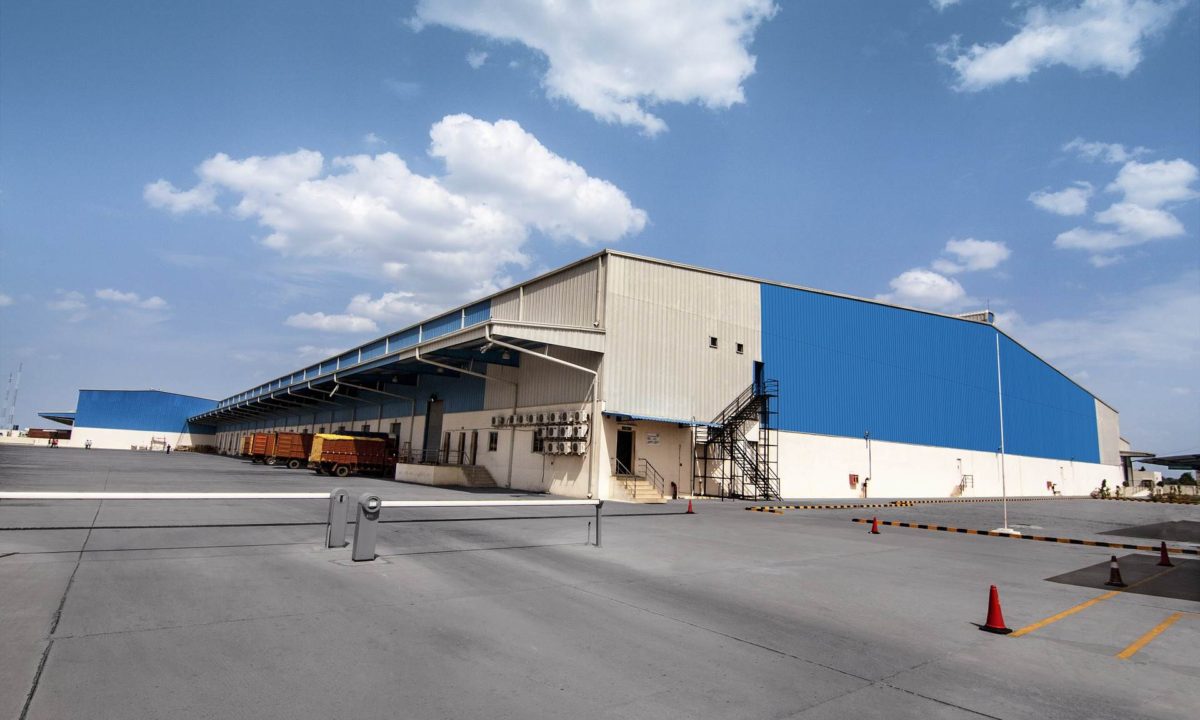Blog

How can a cold storage warehouse help you?
New technologies have made it possible to get fresh, perishable foods from one side of the world to the other without putting the integrity of the foods at risk. But as much as we talk about refrigerated transportation, we often forget to talk about one of the aspects of cold chain logistics that makes it possible: cold storage and refrigerated warehousing.
A manufacturer could have a personal cold storage facility or warehouse before they reach their end-users. End-users may have cold storage facilities to store temperature-controlled products after they’ve received them but before they have a need to use them. Most commonly, cold storage is outsourced, where products stay until they are ready to be shipped to an end-user.
Since customers have an increasing number of specific demands based on the needs of their end-users, struggle to operate one-size-fits-all warehouses. With such a big amount of various client desires, it’s become more common to create custom cold storage facilities for their customers. While this allows working more efficiently based on the needs of a particular customer. Diverse customer needs are shaping the evolution of the cold storage industry—and these needs are not limited to added value services. They also have to do with the nature of the goods themselves being stored. Different products have varying shelf lives, ranges of temperatures they are required to be stored at, and amounts of time they can spend between the cold storage facility and a transportation vehicle before spoiling. Some examples of products that may require cold storage or at least a temperature controlled warehousing solution:
- Perishable nutrient products
- Perishable food (vegetables, fruits, meat and seafood, dairy products)
- Flowers and plants
- Biopharmaceutical products
To make things even more complex, there are food and product safety regulations attached to each type of product that requires temperature controlled transportation and storage.
Studies have shown that refrigerated warehouses and cold storage facilities can be incredibly inefficient if they aren’t equipped with the highest quality doors and insulation, and if the warehousing process isn’t optimized to limit exposure of the open warehouse to the outside world. There are many different types of cold storage, from individual units to entire dedicated facilities.
Refrigerated Containers:
Refrigerated containers are the most basic and often the most cost effective option for cold storage of small quantities of temperature sensitive products. They can even be mobile, which gives them the advantage of extra flexibility.
Blast Freezers And Chillers:
Blast freezers and chillers are ideal for companies who need to quickly cool and store food before it reaches its end consumer. It’s common for some larger restaurants and catering companies to use them.
Cold Rooms:
Cold rooms are exactly what they sound like. They are a larger alternative to the options listed above.
Pharmaceutical Grade Cold Storage:
Hospitals and research institutions may make use of pharmaceutical grade cold storage units. These units are equipped with extra features that make them ideal for biopharmaceuticals, blood, and certain vaccines.
Plant-Attached Cold Storage:
Products can be transported via conveyor straight from manufacturing to a dedicated cold storage facility on-site.
Dedicated Custom Cold Storage Facilities:
As we discussed above, many companies that use cold storage have complex needs based on the nature of their products and the preferences of their end consumers. Those who choose to avoid the cost of an on-site facility will opt to use a custom or dedicated cold storage facility provided.
When it comes to maintaining the integrity of refrigerated and temperature controlled goods, and getting them to their destination on time, it’s important to work with an experienced, reliable company.
At JAM JAM, we’ve learned the ins and outs of the cold chain through years of experience.
When it comes to operating a cold storage warehouse, the challenge is to maintain the right cold storage temperature for the product inside while equipment warm enough to perform well and function at optimal capacity.
Refrigerated associated frozen foods account for the bulk in cold storage facilities—the world frozen foods market alone is predicted to grow from a calculable $165.4 billion in 2009 to $199.5 billion by 2014. However, cold storage is also important to other industries, including pharmaceuticals, petrochemicals and even some high-tech electronics. As the want for cold storage continues to grow, so does the need for strategic solutions that keep the product cold and the operating costs from heating up. For that reason, devices used in cold storage are manufactured with seals designed to withstand temperature changes from the freezer to ambient conditions that can cause condensation to build up.
Control heat loss:
High-density storage not solely creates a smaller space to chill; it additionally creates an associate setting that minimizes heat loss.
Automate palletizing:
Palletizing is another area of operations in cold storage. For years, frozen product manufacturers have struggled with the challenges of palletizing their frozen products efficiently and cost-effectively.
JAM JAM GROUP offers – Affordable, Convenient. Secured Storage Facilities
600K Lac SFT Storage Capacity
We Provide Warehouses For Rent
Some of our clients include:Hindustan Lever Limited, iClean and many more.







